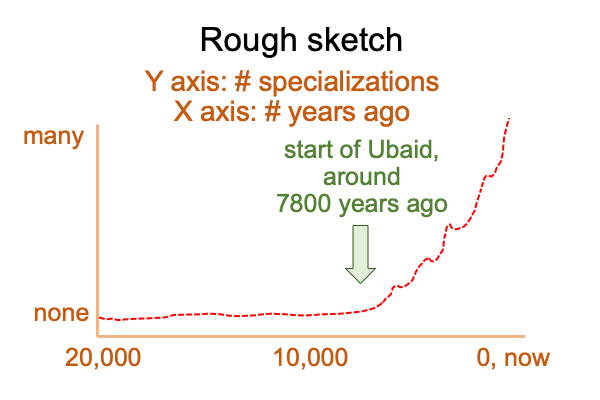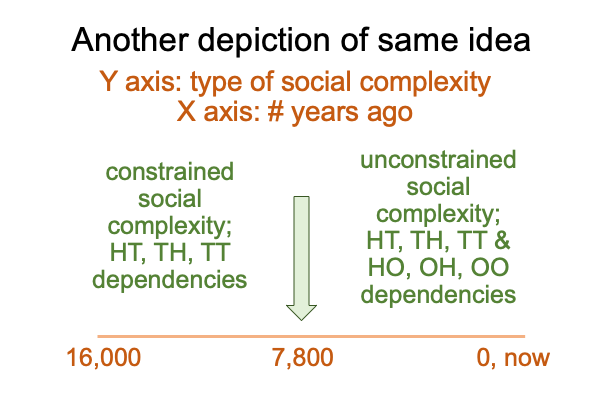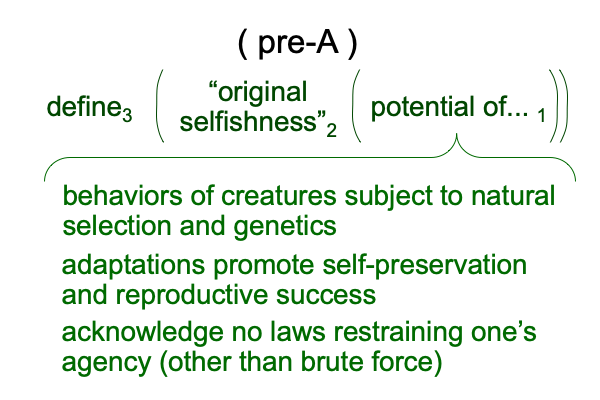Looking at Ian Hodder’s Book (2018) “Where Are We Heading?” (Part 13 of 15)
0090 An object2a comes into being through explicit abstraction. Then, it enters the relational-structure of Hodder’s entanglement theory. There, it2a is sustained as a content-level actuality through implicit abstraction1b, within the normal context of cooperation2b.
In Hodder’s treatment of opium as a thing, both producers (in India) and consumers (in China) are treated as objects2a by the British East India trading company. The opium wars occur at the same time that British socialites insist that the slave trade from Africa to the Americas must go. Yes, the East India monopoly is one step ahead of the reformers. If it cannot traffic slaves, then it can traffic opium.
0091 One consequence?
The antipathy of contemporary Chinese towards the West after the so-called, “century of humiliation”, parallels the resentments of the descendants of slaves in the Americas after their so-called “liberation”.
Hodder’s book makes the case. The moral implications of objectifying humans, then treating them as things, is enormous. It corrupts the offending society, because people regard explicit arrangements through the cognitive operations of implicit abstraction. It warps the victim society, because people know that they are being objectified, and turned into things, through explicit abstraction.
0092 Yes, classifying people as objects goes back to the Ubaid of southern Mesopotamia, the first culture to practice speech-alone talk. They are the first culture to encounter the weirdness of explicit abstraction. Explicit abstraction makes distinctions that cannot be formulated through implicit abstraction. Oddly, after a generation, the distinction feels completely natural.
Why?
Hodder’s entanglement theory relies on implicit abstraction. Entanglement theory applies to things. With explicit abstraction, entanglement theory also applies to objects. Humans can be objectified as things.
0093 Objectification assists labor and social specialization.
Specialization is characteristic of our current Lebenswelt of unconstrained social complexity.
Hodder opens his book with graphs designed by Ian Morris, concerning the broad sweep of the past millennia. The following figure is a rough sketch of the number of specializations versus time.

0094 Hodder uses similar figures to show that human evolution is directional, in so far as humans are entangled with more and more things. These comments refine his proposals.
0095 They also show the importance of the hypothesis of the first singularity.
The hypothesis is plainly stated in the e-book, The First Singularity and Its Fairy Tale Trace.
The hypothesis is dramatically rendered in the masterwork, An Archaeology of the Fall.
These e-works are available at smashwords and other e-book venues. Search for the author’s name, Razie Mah, along with the title.





